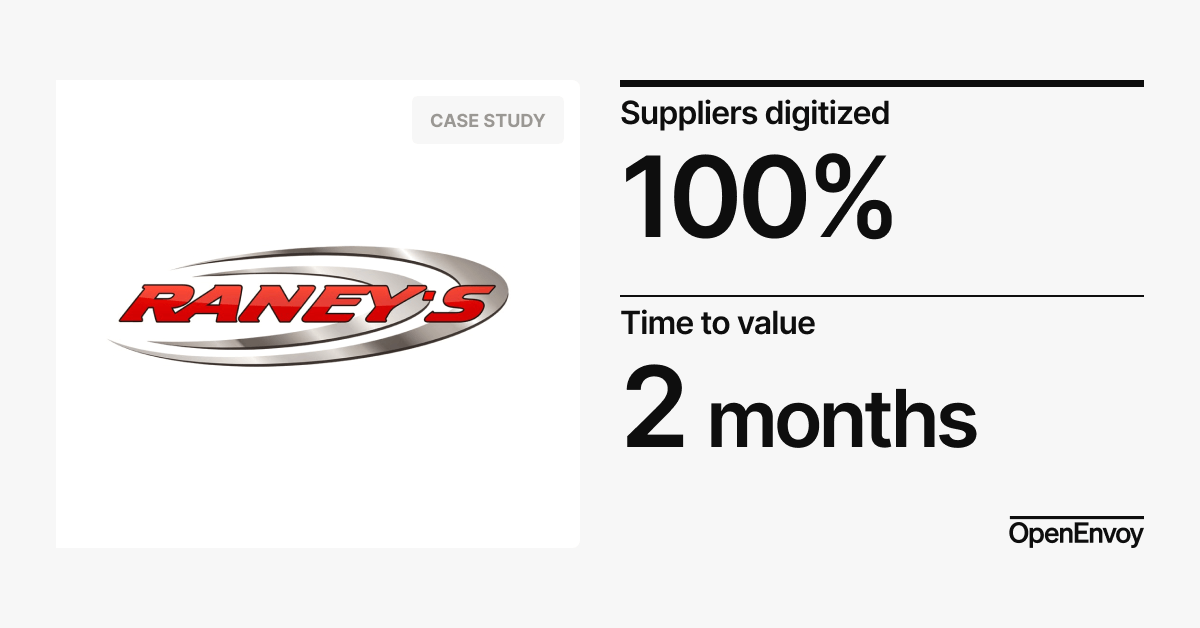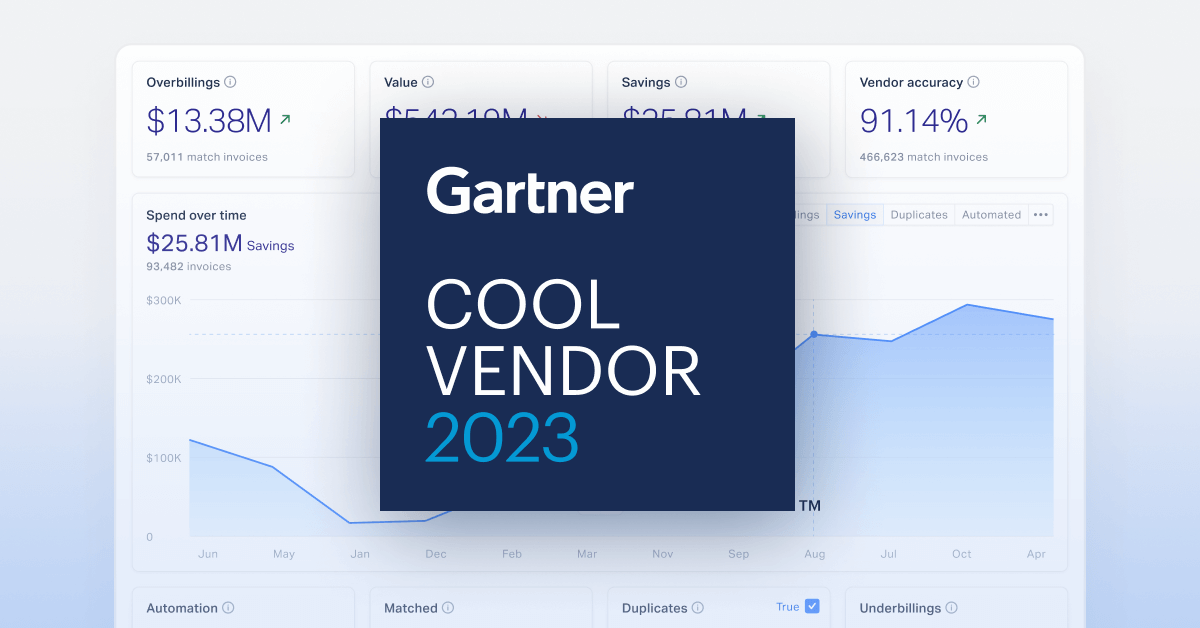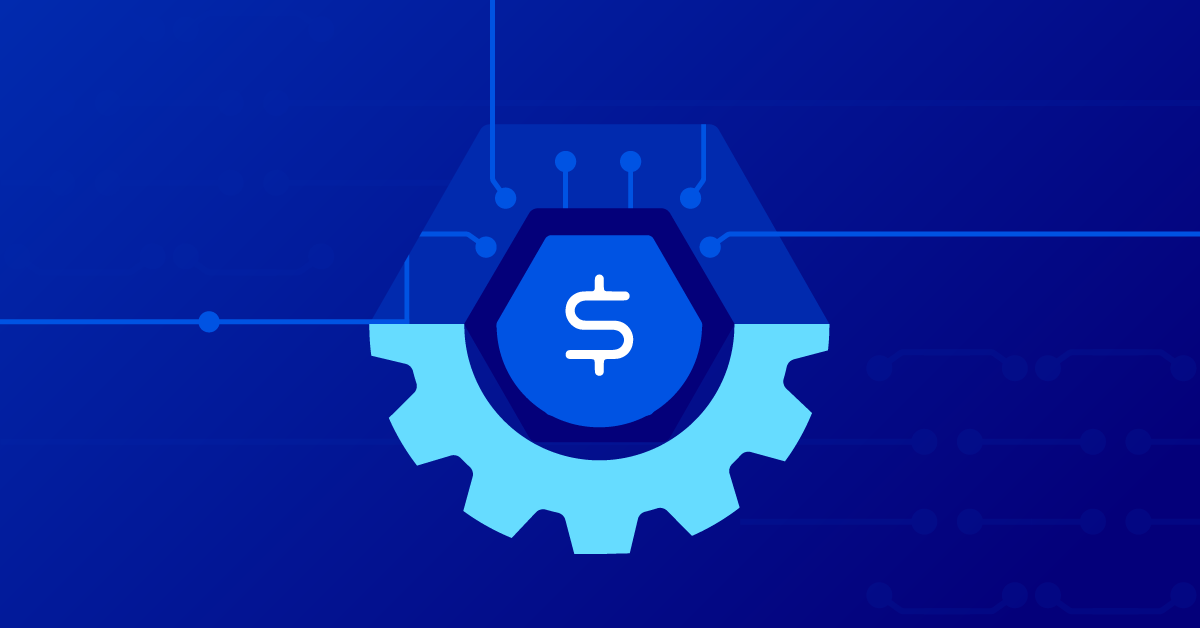Finance departments are severely overburdened with manual and mundane tasks, increasing the risk of human error and decreasing the chance of capturing potential savings. Cash-sensitive finance leaders are turning to Accounts Payable (AP) technology to resolve these issues. Although many AP automation solutions appear to have the same capabilities, most weren’t created for today’s complex environment.
Take OCR, for example. According to the Gartner Hype Cycle for Procurement and Sourcing Solutions, "Optical Character Recognition (OCR) capture technology still does not provide high enough accuracy rates to achieve full automation for paper- or image-based invoices." Relying on OCR alone is tantamount to giving vendors 30% more cash than necessary.
Before comparing features and functionalities, finance leaders should consider the implications of the shift from Finance 2.0 to the Future of Finance.
Finance 2.0 to the Future of Finance
In Finance 1.0, businesses converted paper-based information into digital data. This was a huge leap at the time, but is table stakes for our current digital world. Finance 2.0 introduced Robotic Process Automation (RPA) to further automate everyday tasks and workflows. RPA software works by configuring bots to perform tasks that would normally be done by humans. RPA performs best in structured, rule-based, and repetitive processes, however, processes with constantly changing attributes are less suited for RPA.
The Future of Finance lies in real-time machine decisioning, more commonly referred to as ML or AI. This technology not only enables real-time audits, payments, and decisions, it is continually learning and adapting to new document types, invoice line items, and more.
Legacy solutions tend to layer their technology with ML to improve accuracy and overall performance. Unfortunately, as Gartner states, “ML-infused solutions may require extensive startup training before they become fully useful.“ It’s no exaggeration to say that native AI technology can revolutionize and transform the way that finance works, but look for native-AI solutions for greater efficiency.
Revolutionary Solutions to Common Pain Points
It may seem extreme to talk about revolution in the context of finance, but consider the stats: 73% of invoices are never audited, 30% contain errors, and an astonishing 90% of these errors favor the supplier. These statistics, and the following issues that finance departments face, highlight the urgency for the next generation of AP solutions:
- Line-item level errors: Reduce errors at the line-item level to ensure that payments are only issued for actual services rendered.
- Variable cost invoices: Ensure accurate reconciliation of complex invoices such as freight and other variable cost spend.
- Accidental surcharges by suppliers: Prevent inadvertent overpayments before they happen.
- Lack of compliance and human errors: Reduce human interaction in repetitive processes to minimize human error and address compliance requirements.
- Duplicate, overlapping, or fraudulent invoices: Identify and eliminate duplicate invoices.
- Contractual compliance: Ensure that all contractual terms are continually met.
- Currency fluctuations: Seamlessly handle currency conversions.
It’s clear that an effective AP automation solution can enhance the efficiency and accuracy of financial processes, but how do you know what to look for?
AP Automation Technologies
Purchasing the right AP automation solution is not straightforward. Various options are available and each has pros and cons to consider:
- Business Process Outsourcing (BPOs): BPOs offer fixed costs per invoice but are human-based and error-prone with light pre-audit and low prevention.
- Payment Networks: These networks provide out-of-the-box payment solutions but come with vendor lock-in and variable costs ranging from 1% to 5%.
- Contingency: This option may catch low-hanging fruit but leads to long recovery times and lost cash flow.
Buyer’s Checklist
To streamline the process, look for the following capabilities from vendors you evaluate:
- Functionality: Ensure the solution provides touchless, accurate data extraction, performs a full forensic analysis of your invoices with unlimited matching, and real-time prepayment audits.
- Ease of Use: The product should be intuitive, allowing your team to learn and use it effectively from day 1 with virtually no set up time and no need for vendor portals.
- Flexibility: You should not be tied to the solution; when required, data extraction and vendor switch should be seamless.
- Budget: The product should offer a return on investment (ROI) within three to six months. Budget constraints should not hinder the decision-making process.
Measuring Success: Key Performance Indicators (KPIs)
To gauge the effectiveness of the AP automation solution you want to buy, focus on the following KPIs, which should be at least partially achievable within 90 days:
- Cashflow: Assess whether the solution increases cash flow and how soon it does so.
- ROI: Determine how quickly the solution pays for itself through cost savings and efficiency improvements.
- Operational Costs: Evaluate whether your AP team can handle business growth without scaling the team size linearly.
Addressing Any IT Concerns
Time-to-value is critical, so ensure your chosen vendor offers easy-to-use APIs for all aspects of their system, making integration and implementation seamless. It shouldn't take weeks, not years to implement. Modern systems should also be user-friendly and require minimal change-management efforts.
Another IT challenge can be connecting AP solutions with suppliers. Thankfully, modern, AI-native solutions eliminate the need for supplier portals, making working with third parties as easy as sharing a Facebook post.
Key Takeaways
The benefits of true AP automation – based on real-time machine decisioning, ML, or AI – run the gamut from a boost in productivity to improved cash flow to real-time data for effective planning and forecasting. By following this comprehensive guide and checklist, you can be confident in your solution evaluation process and position yourself at the forefront of the Future of Finance.
Need more advice on the AP automation process? Read 6 Tips for Accelerating the Adoption of AP Automation.



.png?width=620&height=620&name=1600x1600%20(2).png)


